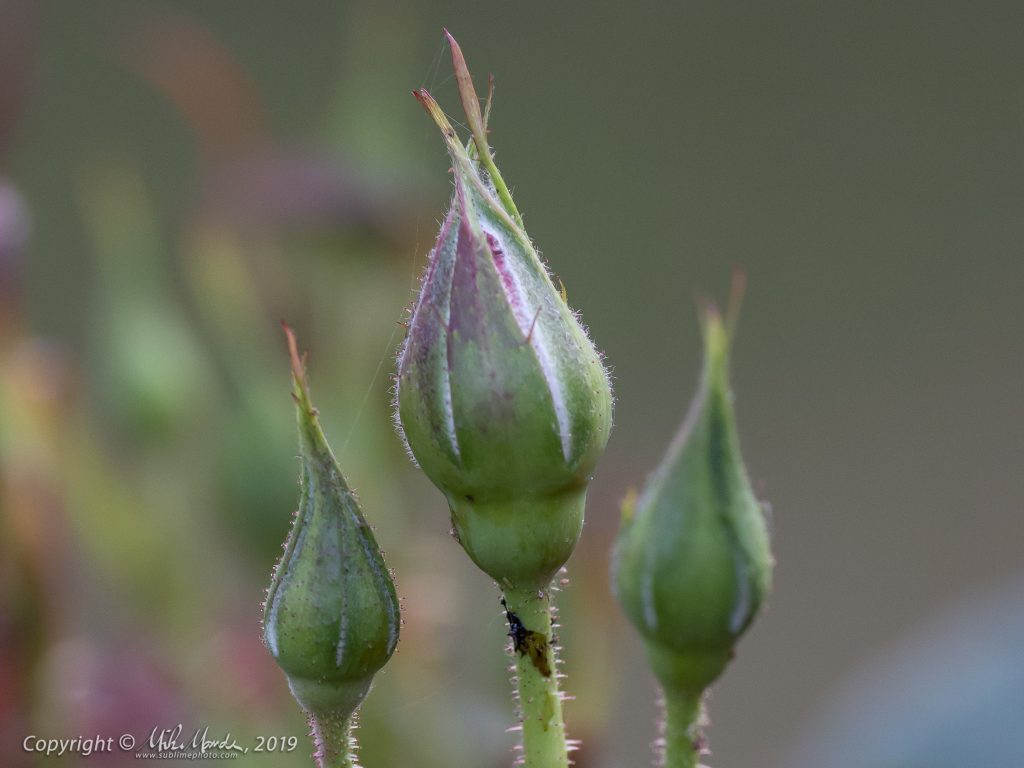I have now spent a few days shooting with the Fujifilm GFX 100 medium format camera. While I wrote about the GFX previously here, I have not yet really published any images I shot with it, which is what this post is all about!
While I have had some experience with competing 100MP medium-format cameras, and they too offered impressive image quality, none of them have handled anywhere near as responsively as the GFX 100 to be honest. When you shoot with the GFX 100, the performance of the entire camera is so good, that you forget that you are shooting raw files that can be over 200MB each in size!
The camera is fast to turn on, very fast when it comes to autofocus, fast during playback… just fast in every which way. As mentioned in my GFX 100 preview, linked to above, it can shoot at 5 frames-per-second for up to 13 raw frames, which is well over 2GB of data captured in just 2.6 seconds – whoa! The camera’s internal RAM buffer must be huge. The only time the GFX 100 felt sluggish, is when I was using anything other than the fastest UHS-II SD cards, or when I opened all those raw files on my 10 year old computer here at work… and suddenly I really wished I had a modern, fully loaded machine with tons of RAM and drive space… or maybe instead wished that the camera wasn’t able to shoot so quickly and effortlessly! Restraint may be your friend with the GFX 100…
With the following samples, you can click on each image to open it in a new window at a larger size. The full images are reduced from the original 11,648 pixels along their long edge, exported at 2,400 pixels, and the associated 100% zoomed crops vary somewhat in size, but are also around 2,300 to 2,500 pixels or so. They are not resized from the original, just cropped out of the full image. The original 16-bit raw files were all processed “to taste” in the latest Adobe Lightroom Classic, and some of the images have been cropped and/or rotated slightly, have had minor perspective corrections applied, or had some slight local dodging and burning etc. In other words, they are not straight out-of-camera shots with default settings, but rather have been edited to what I felt looked good.
Here is a shot I did of our tabletop product setup during our Beau Photo GFX 100 demo day. It was taken handheld, with strobes, using the GF 110mm f/2…
Following is a 100% crop of the above. Due to diffraction, shooting at f/13 is somewhat detrimental to the plane-of-focus sharpness when using a 100MP sensor, but I wanted the extra depth of field for the shot. As a result, the raw conversion sharpening on this image was a little higher, compared to most others which only had very minimal sharpening applied in Lightroom. Remember to click on the image to open in a new window, then zoom in to really see the fine details…
Now for a shot of the model we hired for the GFX event, also with the 110mm f/2…
Someone had been using the GFX for available light shooting just before me, and oops, I didn’t notice the slow, 1/8 second shutter speed that had been set on the body. Didn’t seem to matter; between the strobes, the IBIS and the model holding very still between poses, the results are tack sharp. Here is the 100% detail shot…
Next, here is a photo I took in my dad’s rose garden, also handheld with the 110mm. I had to take a few shots at slightly different positions, varying the plane of focus, in order to get the one foreground red rose sharp, as well as the three rose hips tack sharp in the upper left corner…
Check out the detail and minuscule spider webs on those rose hips and minimal ISO 800 noise too. I really like that 110mm lens, preferring it over the slightly longer 120mm macro, and the lack of OIS isn’t a drawback with the GFX 100 of course…
Here is another product shot, lit with LED flashlights this time, handheld too but I was lying down on the hardwood floor, elbows propped, also with the 110mm f/2. This shot may have been taken with an extension tube, but I am honestly not sure anymore. I had been using a tube for some other shots that day, but I don’t see that info showing in the EXIF data in Lightroom, and I didn’t bother digging any deeper to see if any of the EXIF maker fields held that data…
Here is the 100% detail shot. Note that if you are actually doing a product shot for real, and don’t want to spend tons of time retouching, make sure your subject is clean! This one would require an enormous amount of dust spotting and fingerprint removal, sheesh…
Here is another slightly tighter shot of the model at the launch event, same setup as before…
I’d say the GFX 100 is overkill for a portrait shot, that’s for sure. Painstakingly flawless makeup, or a bunch of careful retouching, is a must if you’re going to examine a shot like this so closely. I don’t think the model realized just how detailed these photos were going to be! Here is the 100% crop with no retouching…
Lastly, let’s take the GF 120mm macro and get in really close to an eyeball, in this case my colleague Nicole’s eyeball…
The camera actually focused on moisture on the surface of her contact lens, but her iris below is not actually sharp! A surprisingly shallow depth of field despite being at f/8. Here is the dramatic zoom…
I had gotten numerous other shots with her iris sharp, but I thought the one focused on the surface of her contact lens was the most dramatic one to look at up close. Handheld at 1/80 second with that type of magnification, is a testament of how effective the camera’s stabilizer is, although in this case I am not completely sure if the lens OIS was actually switched on and thus prioritized, or if it was the body’s IBIS working its magic? Sorry but I don’t recall my exact settings. I will say that during my testing, I generally found the GFX 100’s IBIS system to be extremely effective with all the non OIS lenses, more so that I had dared hope for at some of the slower shutter speeds I’d used.
So, as you can see by now, the GFX 100 has tons of resolution, probably more than most people actually need. In fact, it may have “too much” when it comes to excessive details on a portrait, and enough that a lack of DOF and precise plane-of-focus alignment can be challenging at times, even when a lens is stopped down a fair bit. In addition, with 100 megapixels of resolution, stopping down for DOF can also introduce “diffraction softening” earlier than you might otherwise expect when examining an image at 100%.
The Fujifilm lenses I used were sharp enough that most of the shots at wider f-stops were sharper at the plane of focus than those stopped down beyond f/8 or so. It’s a balancing act: wider f-stops for optimal plane-of-focus sharpness, or smaller f-stops for increased depth-of-field. Use any camera with sharp lenses and that sort of resolution, and you’ll be saddled with the same tough decision at times. However, get everything just right, and you will be rewarded with GFX 100 shots that are stunningly sharp, with great dynamic range and even with minimal noise at higher ISOs. So far, all the Fujinon GF lenses I’ve tested have been fully up to the task of resolving 100MP worth of detail. In fact, they almost seem to laugh at the GFX 100 and say “… come on, is that all you’ve got!?”
I have yet to test the camera on any architectural or landscape shots, something I hope to do in the near future once we get our store demo, and when I do, I will likely follow up with some more impressions and samples. For now, I hope you enjoyed this pixel-peeping post!
















